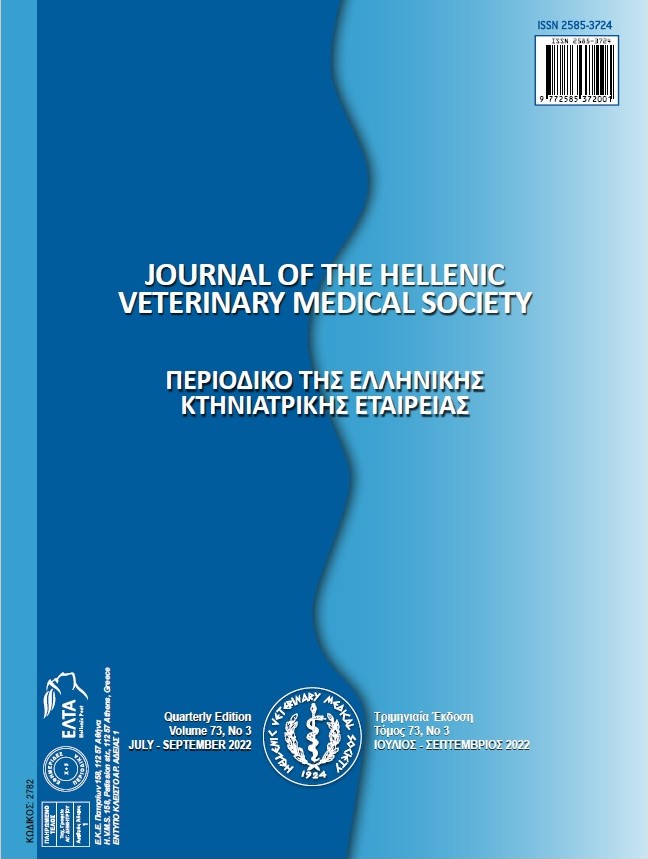Use of a Global Positioning System (GPS) to Manage Extensive Sheep Farming and Pasture Land

Abstract
The terrestrial climate is not sufficient to produce enough food to meet the roughage needs of the animals benefiting from the pasture lands because of excessive and early grazing of those areas. Plant growth is adversely affected in pastures that are not uniformly grazed. Tracking animals using the Global Positioning System (GPS) is a very important factor in determining the uniform distribution of grazing animals in a pasture, increasing the utilization rate of the pasture, and saving costs and time. With GPS tracking systems, establishing more effective pasture-use systems by monitoring the feeding regimes of small animals, the status of feed in the pasture, and the grazing behavior of the animals would be possible. The present study aimed to investigate the use of GPS for pasture and herd management in Turkey in addition to using the traditional techniques.
In the present study conducted in the village of Köseyusuflu in Yozgat Province in May 2017, 2018, and 2019, grazing benefits that were determined from the pasture containing two Akkaraman sheep herds were recorded using GPS tracking devices. The results suggested that the area covered with vegetation along the sheep’s spring grazing routes varied between 43.6 and 62.9%, the ratio of legumes in the pasture grass in the low grazing areas was between 0.50 and 4.10%, and the grass species were between 12.75 and 44.50%. We determined that the sheep in herd A traveled between 7.6 and 9.9 km, while the sheep in herd B traveled between 4.7 and 5.7 km daily, and the two herds grazed an average of between 122 and 254 daa.Article Details
- Zitationsvorschlag
-
Ermetin, O., Karadağ, Y., Yıldız, A., Karaca, ÖF, Tüfekçi, H., Tufan, Y., & Kayaalp, A. (2022). Use of a Global Positioning System (GPS) to Manage Extensive Sheep Farming and Pasture Land. Journal of the Hellenic Veterinary Medical Society, 73(3), 4441–4448. https://doi.org/10.12681/jhvms.27354
- Ausgabe
- Bd. 73 Nr. 3 (2022)
- Rubrik
- Research Articles

Dieses Werk steht unter der Lizenz Creative Commons Namensnennung - Nicht-kommerziell 4.0 International.
Authors who publish with this journal agree to the following terms:
· Authors retain copyright and grant the journal right of first publication with the work simultaneously licensed under a Creative Commons Attribution Non-Commercial License that allows others to share the work with an acknowledgement of the work's authorship and initial publication in this journal.
· Authors are able to enter into separate, additional contractual arrangements for the non-exclusive distribution of the journal's published version of the work (e.g. post it to an institutional repository or publish it in a book), with an acknowledgement of its initial publication in this journal.
· Authors are permitted and encouraged to post their work online (preferably in institutional repositories or on their website) prior to and during the submission process, as it can lead to productive exchanges, as well as earlier and greater citation of published work.



